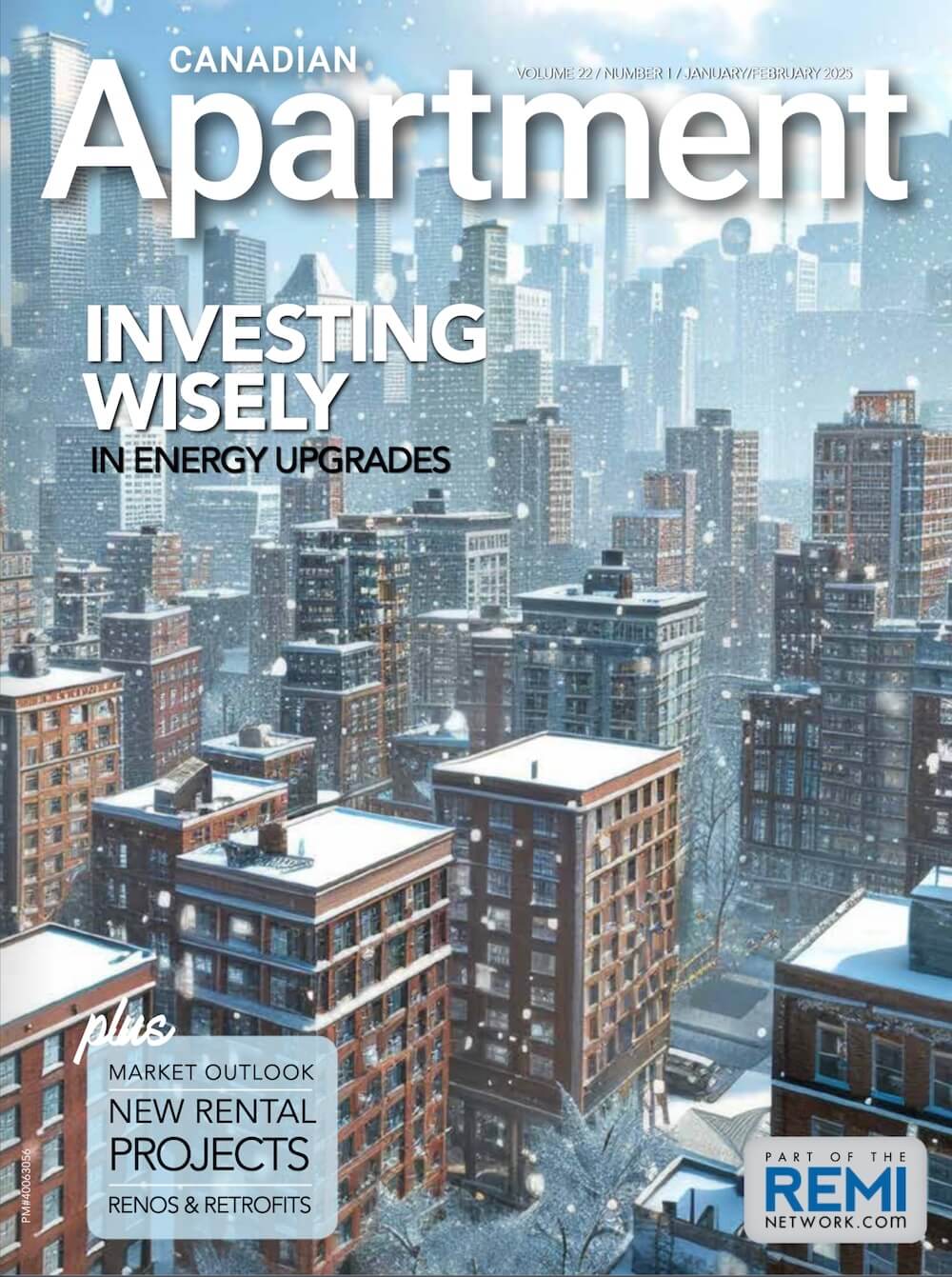The federal government announced it will significantly reduce the number of immigrants coming into Canada next year in an effort to ease pressure on housing, infrastructure and social services. According to the newly unveiled 2025–2027 Immigration Levels Plan, Canada’s population growth will be “put on pause for the short term to achieve well-managed, sustainable growth in the long term.”
The plan includes controlled targets for temporary residents and permanent residents that are expected to result in a marginal population decline of 0.2 per cent in 2025 and 2026 before returning to a population growth of 0.8 per cent in 2027. Specifically, Canada will see its temporary population decline by 445,901 in 2025, 445,662 in 2026, with a modest increase of 17,439 in 2027.
The government points out that these reductions are the result of a series of changes made over the past year, including a cap on international students and tightened eligibility requirements for temporary foreign workers.
“Today’s announcement is the next step in our plan to address the evolving immigration needs of our country,” said Marc Miller, Minister of Immigration, Refugees and Citizenship. “While it’s clear our economy needs newcomers, we see the pressures facing our country, and we must adapt our policies accordingly. These changes will make immigration work for our country so that everyone has access to the quality jobs, homes and supports they need to thrive. We have listened to Canadians, and we will continue to protect the integrity of our system and grow our population responsibly.”
Canada’s population has grown substantially in recent years, reaching 41 million in April 2024, with immigration accounting for almost 98 per cent of this growth. The government believes its plan to “right-size population growth” after the post-pandemic surge will support continued robust GDP growth and enable GDP per capita growth to accelerate throughout 2025 to 2027, while in turn, improving housing affordability and lowering the unemployment rate.
“Reducing the volume of immigrants will help to alleviate some pressure in the housing market, with the housing supply gap expected to decrease by approximately 670 000 units by the end of 2027,” it said.





